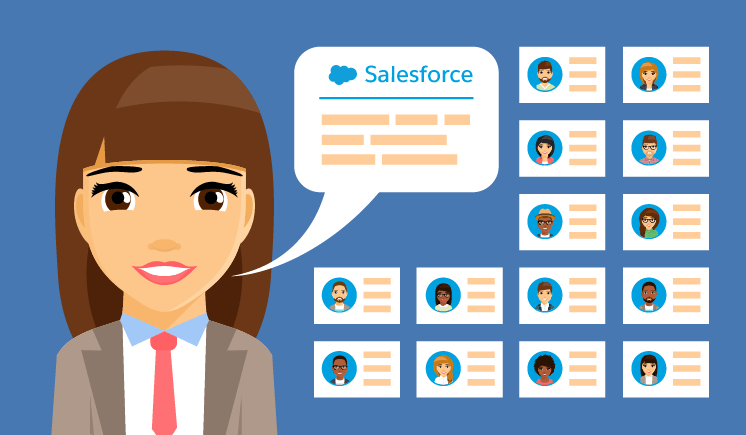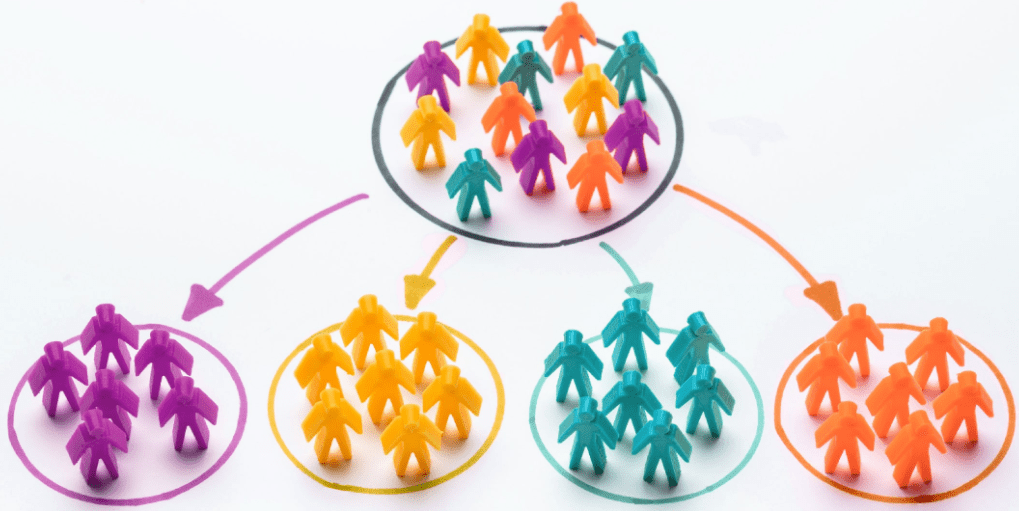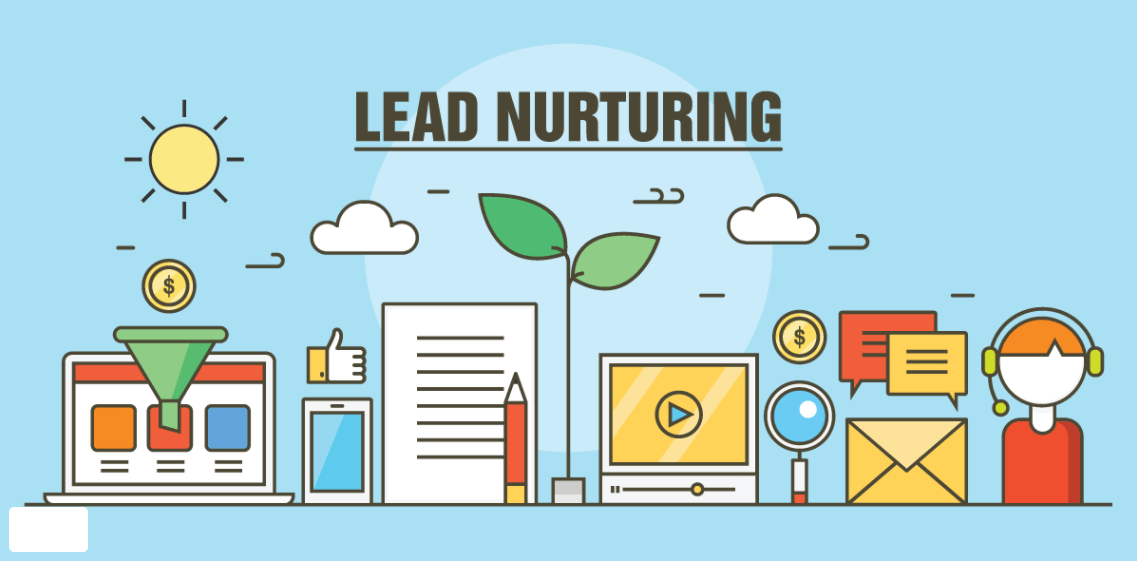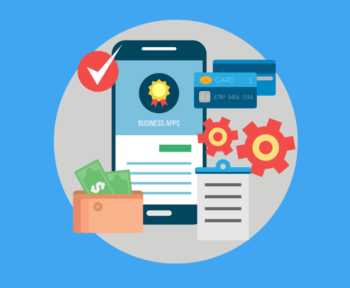We often come across the term “Lead generation” in the field of online marketing. The buzzword sounds like we have an offer. we promote offers. Capture the email of a prospect and simply make a sale. It’s not that easy
It is unrealistic to think that you can find the lead and immediately call your pitch or send an email and close the deal. Leads are just chances. They are not a guaranteed sale.
This is where lead nurturing is needed.
Table of Contents
What is Lead nurturing?
The above video explains the importance of lead nurturing
The definition of lead nurturing is simply to build a relationship with your leads and nurture them through the buying process.
But we need to dive deeper. Let’s dive in a little more for a well-played lead.
At least half a prospects are not ready to buy the software or CRM of any business. Instead of the lead magnet, you find the lead through an online opt-in form. Maybe it’s through sales prospecting and you’re doing your job through a cold call or a cold email process. It could be a business card given to your sales team at a trade show.
Lead nurturing is the process of developing and strengthening relationships with buyers at every stage of the sales funnel. A successful lead development program focuses on marketing and communication efforts, listening to the needs of and providing them with the information and answers they need to build trust, raising brand awareness, and maintaining a connection until opportunities are purchased.
Don’t be ready according to the market, on average half the leads in any system are not ready to buy yet, and Marketing Sherpa reports that almost 81% are not ready to buy new leads. It is therefore important to develop relationships with buyers through a strategic lead scoring system. In addition, extending the sales funnel will increase independence within the opportunities, leading to a greater need for well-designed lead cultivation programs.
Why is Lead nurturing important?
There are hundreds of ways to generate leads, but the fact is that just because someone has provided you with their information does not mean that they are 100% willing to give their money. And expecting them to be at that point is already naive, and can alienate one.
They need information. They do not like to take out their wallet before it is ready.
Instead of projecting your rough pitch right away, you should have a smooth approach.
You do not want to get the contact information of the new lead and immediately shout in their face, “Hey look at these great products we have! Buy some!”
75% of marketers see lead nurturing as one of the most important components of their marketing automation software. As the business expands and collects more leads each year, it is imperative to use automation resources to build your leads to ensure that you are touching your audience at every stage of the buying process.
When the business focuses on lead nurturing, they handle 50 percent more sales at around 32 percent lower prices. This means that your ROI will be much better when you, as a marketer, focus on maximizing every lead generated, rather than going through difficult sales through the sales team.
In addition, it leads to 48% larger purchases than non-cultivated leads. So it’s definitely worth your investment, and it’s a success every time.
What are the elements of Lead nurturing?
Basically Lead nurturing comprise of 3 key elements:
- Contact management
- Segmentation
- Buyer’s journey
Each of the 3 key elements mentioned above would be discussed in detail.
Contact management

Contact management is the storage, management, and tracking of information about your customers, opportunities, and sales leads.
In its basic form, you can use the address book or Excel, or Google (Learn about Google Ads) Spreadsheet to manage your contact data with entries for everyone you trade with. However, many businesses prefer to use specialized contact management software. This is especially useful if you have many contacts to organize or many people who need access to information.
Other companies use Customer Relationship Management (CRM) systems instead of using contact management software. CRM tools generally provide contact management functionality & add features that help businesses manage their relationships with their customers in a better way.
Segmentation

Market segmentation is the division of a broad customer or business market, usually consisting of existing and potential customers, into subgroups of customers (called segments) based on certain types of sharing characteristics.
In segmenting markets, researchers generally look for common features such as shared needs, common interests, similar lifestyles, or similar demographic profiles. The overall goal of the segmentation is to identify high-yielding segments — that is, segments that are profitable or have growth potential — that can be selected for special attention (i.e. target markets).
Several ways to divide the market have been identified. Business-to-Business (B2B) sellers can divide the market into different types of businesses or countries, while Business-to-Consumer (B2C) sellers can divide the market into population segments such as lifestyle, behavior, or socioeconomic status.
Buyer’s journey
The buyer journey describes the way the buyer buys. In other words, buyers do not simply come up and decide to buy. They go through a process to find out, examine and analyze and make a decision to buy a new product or service.
By understanding the buyer’s journey, the pains and issues they are experiencing on that journey, and the factors that affect their thinking, sales representatives can gain greater sympathy with the buyer and put their product or service that way. So let’s dig a little deeper.

Here’s how to conceptualize each step:
Awareness stage: The buyer finds out that they have a problem.
Consideration stage: The buyer defines his problem and considers options to solve it.
Decision stage: The buyer evaluates and determines the right provider to handle the solution.
What is the buyer doing in the awareness phase?
The buyer is experiencing symptoms of the problem or pain and their goal is to alleviate it. They may be looking for information resources to more clearly understand, frame, and name their problem.
Example: “Why do my feet constantly hurt?”
What is the buyer doing during the consideration phase?
The buyer must clearly define and give a name to their problem and they are committed to researching and understanding all available approaches and/or methods to solve the defined problem or opportunity.
Example: “How do you treat back pain?”
What is the buyer doing at the decision stage?
The buyer decides on his solution strategy, method or approach. Now their goal is to compile a list of available sellers, create a shortlist and finally make a final purchase decision.
Example: “Where can I get custom orthotics? How much do they cost?”
Unless you have a deep understanding of your buyers, it can be difficult to map buyer travel in a way that helps from a sales perspective.
Hope You liked the content. Don’t forget. to comment and share the content. Thank You.





